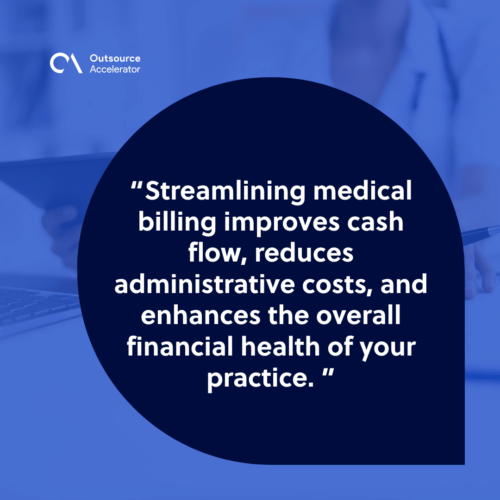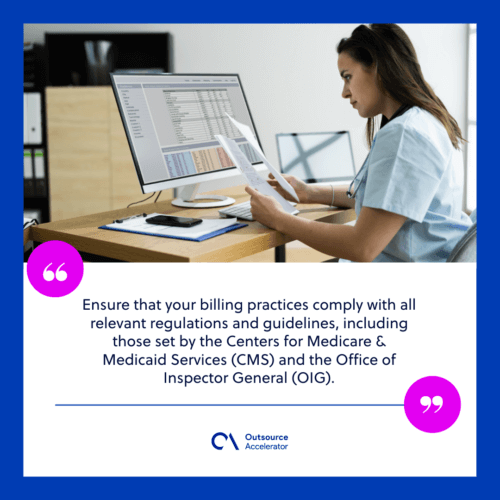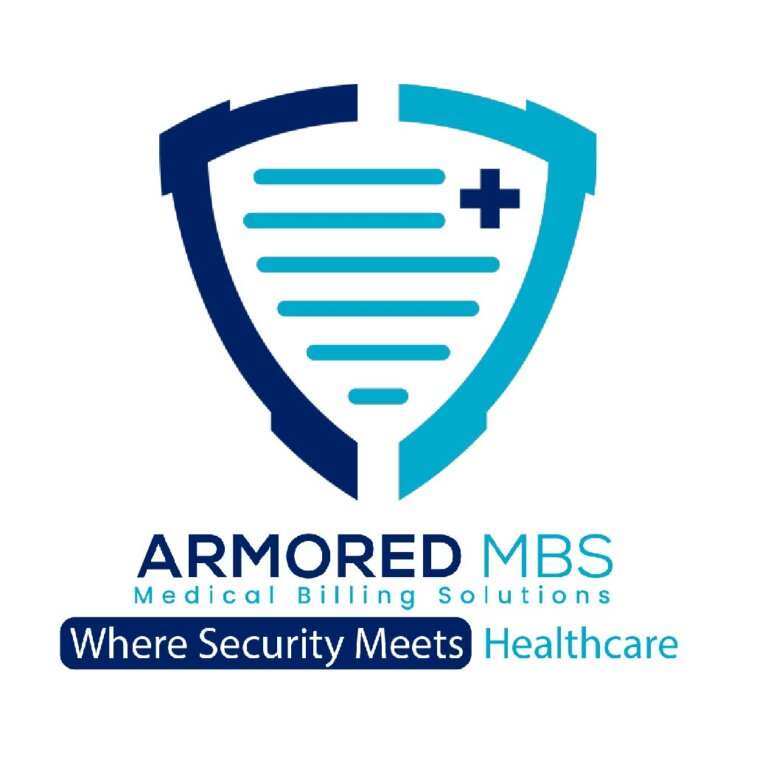10 strategies to streamline medical billing process and maximize revenue

This article is a submission by Armored Medical Billing Solutions LLC . Armored Medical Billing Solutions LLC is a top-tier medical billing company in the United States that offers secure, cost-effective, and reliable services.
Efficient medical billing is crucial to maximizing revenue in healthcare practices. An optimized billing process ensures that services are accurately coded, claims are promptly filed, and payments are collected efficiently.
This guide provides a comprehensive overview of proven strategies to streamline medical billing process and boost revenue.
10 proven techniques to streamline medical billing process
In the fast-paced world of healthcare, efficient medical billing is vital for both operational success and patient satisfaction. Yet, many practices still grapple with cumbersome billing processes that delay payments and increase administrative burdens.
Fortunately, there are tried-and-true strategies that can transform how you handle billing, making it more streamlined and effective.
1. Understand the importance of streamlined medical billing
Medical billing is a complex, multifaceted process involving patient information, insurance details, coding, and claims processing. Inefficiencies in this process can lead to denied claims, delayed payments, and, ultimately, lost revenue.
Streamlining medical billing improves cash flow, reduces administrative costs, and enhances the overall financial health of your practice.

2. Implement advanced billing software
Choosing the right software
Investing in advanced medical billing software is a cornerstone of streamlining your billing process. Look for features such as:
- Automated coding: Reduces manual entry errors and speeds up coding.
- Claim scrubbing: Identifies and corrects errors before submission to reduce denials.
- Integrated EHR: Ensures seamless data transfer between electronic health records and billing systems.
- Analytics and reporting: Provides insights into billing performance and helps identify areas for improvement.
Training and integration
Once you’ve chosen the right software, ensure that your staff receives thorough training. Proper integration with existing systems and workflows is essential for maximizing the new software’s benefits.
3. Ensure accurate coding
Importance of accurate coding
Accurate coding is critical for ensuring that claims are processed correctly and payments are received in full. Coding errors can lead to claim denials or underpayment.
Regular training and updates
Regularly train your coding staff on the latest coding updates and guidelines. The medical coding landscape is constantly evolving with changes in CPT, ICD-10, and HCPCS codes. Keeping your team up-to-date ensures compliance and accuracy.
Implementing coding audits
Periodic coding audits, which can be performed internally or by third-party auditors, help identify and rectify coding errors. Addressing errors found in audits helps prevent future issues and improves overall billing accuracy.
4. Optimize claims submission
Claim scrubbing
Before submitting claims, use claim scrubbing tools to identify and correct errors. These tools check for common issues such as missing information, incorrect codes, and discrepancies between the claim and patient records.
Timely submission
Submit claims as soon as possible after services are rendered. Timely submission reduces the likelihood of errors and denials and accelerates the payment process.
Implementing a standardized process for submitting claims ensures consistency and efficiency.
Follow-up on denied claims
Establish a process for reviewing and addressing denied claims. Additional documentation or corrections can often resolve denials.
Regular follow-up on denied claims ensures that revenue is not lost due to administrative errors.
5. Enhance patient communication
Clear financial policies
Communicate your financial policies clearly to patients. Provide information on payment expectations, insurance coverage, and billing procedures.
Clear communication helps prevent misunderstandings and reduces the likelihood of disputes.
Patient portal
Implement a patient portal that allows patients to view their billing statements, make payments, and track their claims. A user-friendly portal enhances patient satisfaction and streamlines the payment process.
Proactive collection strategies
Implement proactive collection strategies to address outstanding balances. Send regular reminders for overdue payments and offer flexible payment options to accommodate patients’ financial situations.
6. Improve insurance verification
Verification process
Accurate insurance verification is essential for reducing claim denials and ensuring that services are covered. Verify patient insurance information at each visit and update records as needed.
Automated verification tools
Automate insurance verification tools to streamline the process. These tools quickly confirm coverage and benefits, reducing the manual effort required for verification and minimizing errors.
7. Monitor and analyze billing performance
Key performance indicators (KPIs)
Track key performance indicators (KPIs) to assess the efficiency of your billing process. Common KPIs include:
- Days in accounts receivable (AR): Measures the average time it takes to collect payment.
- Claim denial rate: Indicates the percentage of claims that are denied.
- Net collection rate: Shows the percentage of expected revenue that is collected.
Regular reporting
Generate regular reports to monitor billing performance and identify trends. Use these reports to make informed decisions and implement improvements in your billing process.
8. Invest in staff training and development
Continuous education
Provide ongoing training and education for your billing staff. This includes updates on coding changes, billing regulations, and software updates. Well-trained staff are more efficient and less prone to errors.
Staff incentives
Consider implementing incentive programs to reward staff for achieving performance goals, such as reducing claim denials or improving collections. Incentives can motivate staff to maintain high standards and improve overall billing performance.
9. Compliance and regulatory considerations
Staying compliant
Ensure that your billing practices comply with all relevant regulations and guidelines, including those set by the Centers for Medicare & Medicaid Services (CMS) and the Office of Inspector General (OIG).
Non-compliance can result in penalties and legal issues.

Regular audits
Conduct regular internal audits to ensure adherence to compliance standards. Address any issues identified during audits promptly to avoid potential risks and maintain compliance.
10. Explore outsourcing options
Benefits of outsourcing
Outsourcing medical billing can offer several benefits, including:
- Expertise: Access to specialized billing knowledge and experience.
- Cost Savings: Reduced overhead costs associated with in-house billing staff.
- Scalability: Ability to scale billing operations according to practice needs.
Choosing a billing partner
If considering outsourcing, carefully evaluate potential billing partners. Look for a provider with a proven track record, strong compliance practices, and the ability to integrate with your existing systems.
Successfully streamline medical billing process
Streamlining your medical billing process is essential for maximizing revenue and ensuring the financial health of your practice.
By integrating advanced billing software, ensuring accurate coding, optimizing claims submission, and enhancing patient communication, you can improve efficiency and reduce errors.
Additionally, investing in staff training, monitoring billing performance, and exploring outsourcing options can further enhance your billing operations.
Implement these strategies to create a streamlined, efficient billing process that supports your practice’s financial success and allows you to focus on delivering quality patient care.







 Independent
Independent




